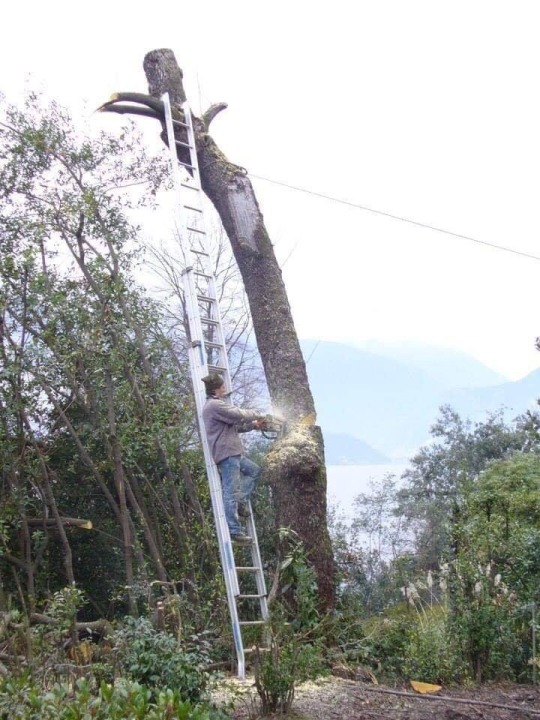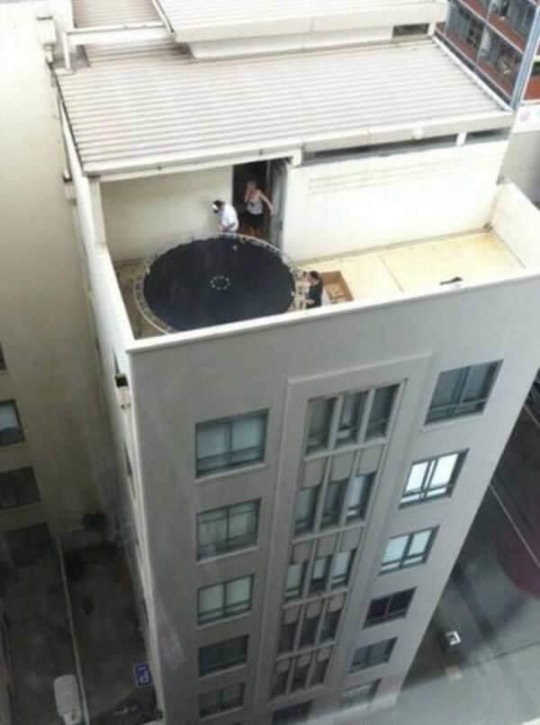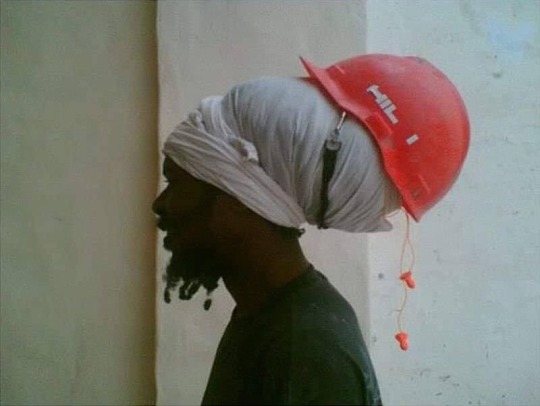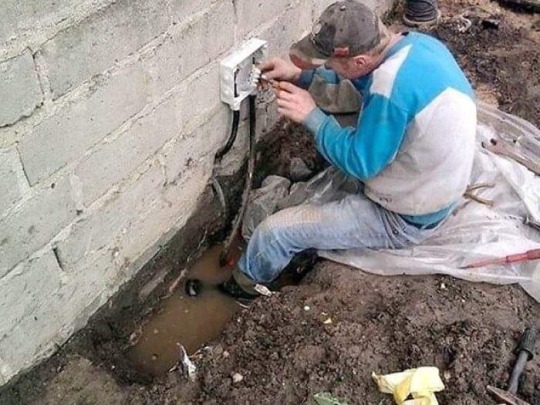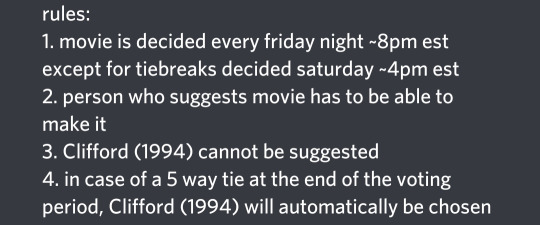she / her, I program sometimes, 18+ (^._.^)ノ
Last active 60 minutes ago
Don't wanna be here? Send us removal request.
Text
pro tip for taking pictures of birds in flight: if you look at a bird for long enough, it might start flying
0 notes
Text

unbelievable that its 4/20 and absolutely nobody has put the objectively best rage comic on my dash yet. i have to do everything around here
165K notes
·
View notes
Text
went to a discussion led by elliot page earlier today and there were many good things said but at one point the other presenter asked him "what's a cool thing about yourself that has nothing to do with being trans?" and he said "uhh this is all I've got going for me" and then paused before adding "if anyone has three oranges, I can juggle"
92K notes
·
View notes
Text
Jesus, after coming back from the dead: hey guys it’s me Jesus, just look at the scars on my hands
Thomas, a known freak: show us the feet as well please
276K notes
·
View notes
Text
Exuse me? This figurine you sold me that you said was in mint condition? Yeah I ate it and it tasted nothing like mint. I want a refund on my $300 and I need you to pay for my hospital bill.
546 notes
·
View notes
Text



little german boy revisits the cave of blüntsmoken! Happy 4/20 ;)
67K notes
·
View notes








